A Complete History of iOS: Tracing the Evolution from iPhone OS 1 to iOS 17
The history of iOS, Apple's mobile operating system, reaches back to the release of the first iPhone. This article provides an in-depth look at the complete history of iOS, from the first version to the latest release. Since its inception, the operating system has undergone numerous updates and upgrades, resulting in the feature-rich and user-friendly experience iOS users enjoy today.
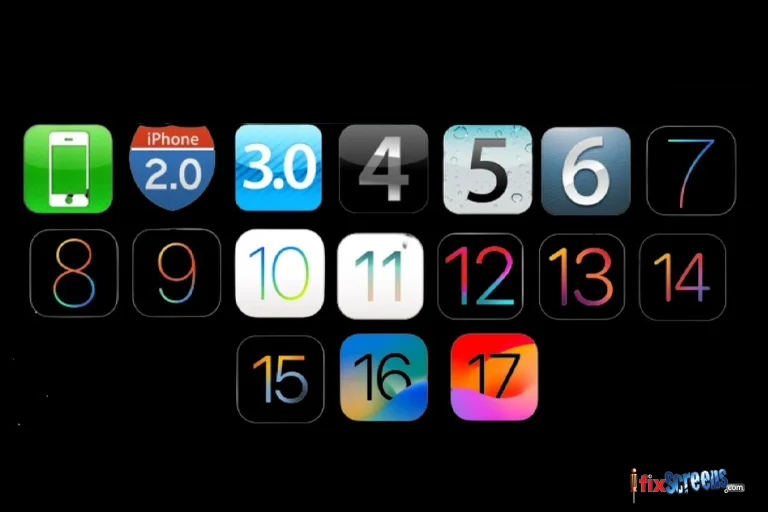
Key Takeaways
- Trace the history of iOS versions from 1.0 to 17.0.
- Explore the evolution of features and improvements across different iOS releases.
- Learn about the significant milestones and innovations in each iOS version.
- Discover how iOS has evolved over the years, shaping the modern mobile experience.
- Stay updated with the chronological progression of iOS versions and their key highlights.
- Understand the impact of each iOS update on iPhone and iPad devices.
- Gain insights into the continuous development of iOS, driving Apple's mobile ecosystem forward.
Chapter 1: The Dawn of a New Era - iPhone OS 1 (2007)
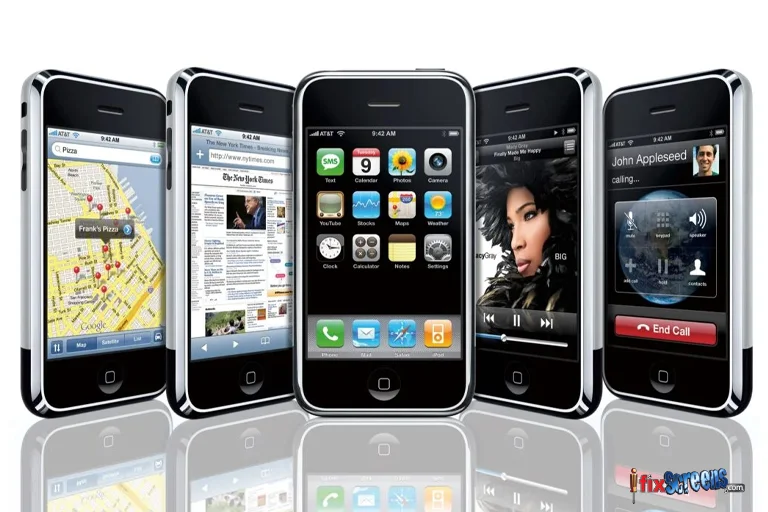
In 2007, the world breathed as Steve Jobs unveiled the iPhone. It wasn't just a phone; it was a pocket-sized computer with a multi-touch screen, ditching the clunky stylus for an interface begging to be touched. iPhone OS 1, as it was then called, was simplicity personified. A springboard layout housed essential apps like Phone, Mail, Safari, and iPod, each launching with a satisfying animation. The virtual keyboard, a gamble at the time, proved surprisingly intuitive, paving the way for future generations of touch-based devices.
Chapter 2: Building the Foundation - iPhone OS 2 & 3 (2008-2009)
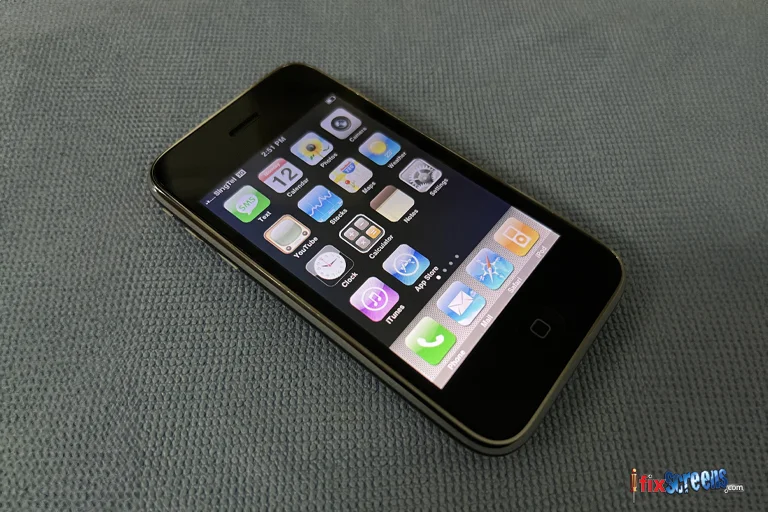
iPhone OS 2 and 3 laid the groundwork for the iOS we know today. App Store, the game-changer, arrived in 2008, opening the floodgates to a universe of third-party applications. Push notifications, multitasking, and landscape mode followed, making the iPhone versatile. Cut, copy, paste, and Spotlight search further refined the user experience.
Chapter 3: Taking Center Stage - iOS 4 & 5 (2010-2011)
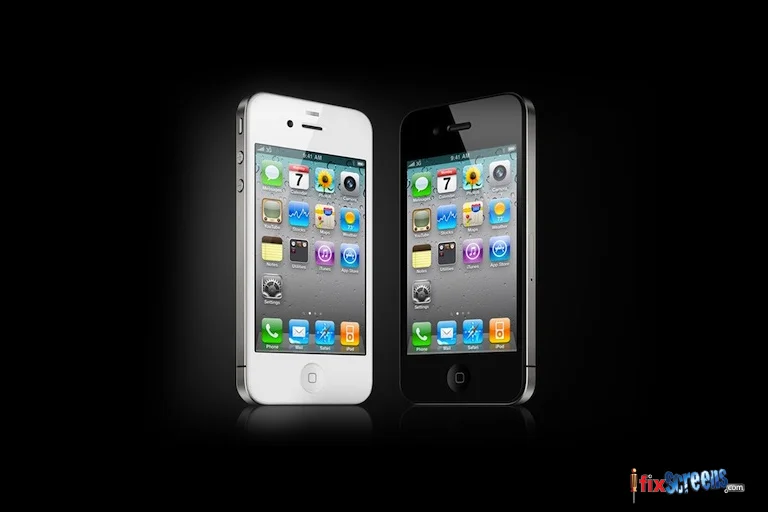
iOS 4 ushered in a new era of multitasking with folders and background app refresh. FaceTime, the groundbreaking video calling app, redefined communication. iBooks brought the joy of reading to the digital age, while Game Center turned iPhones into miniature gaming consoles. iOS 5 further polished the experience with Notification Center, iMessage, and Siri, the intelligent assistant who forever changed how we interact with our devices.
Chapter 4: Refining the Experience - iOS 6 & 7 (2012-2013)
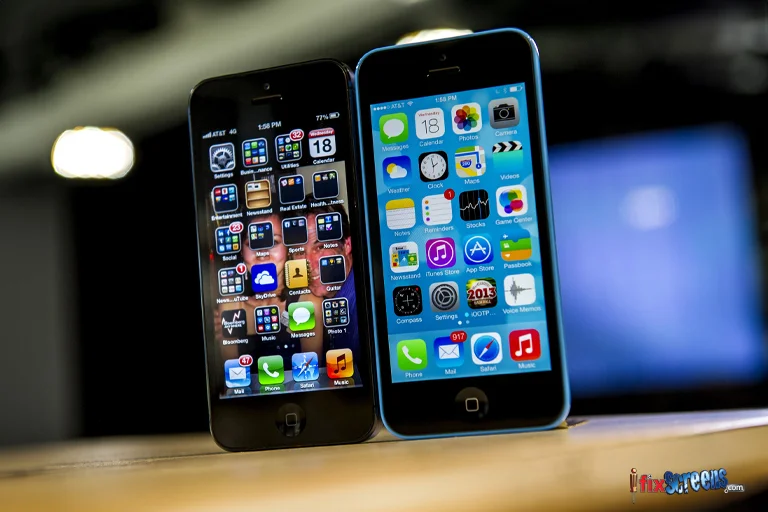
iOS 6 and 7 focused on refining the user experience. Passbook (later renamed Wallet) made storing passes and tickets convenient. Do Not Disturb and Panorama mode enhanced usability and creativity, respectively. iOS 7, with its flat design and vibrant colors, marked a significant visual departure, sparking discussions about skeuomorphism vs. flat design that continue to this day.
Chapter 5: Expanding the Ecosystem - iOS 8 & 9 (2014-2015)
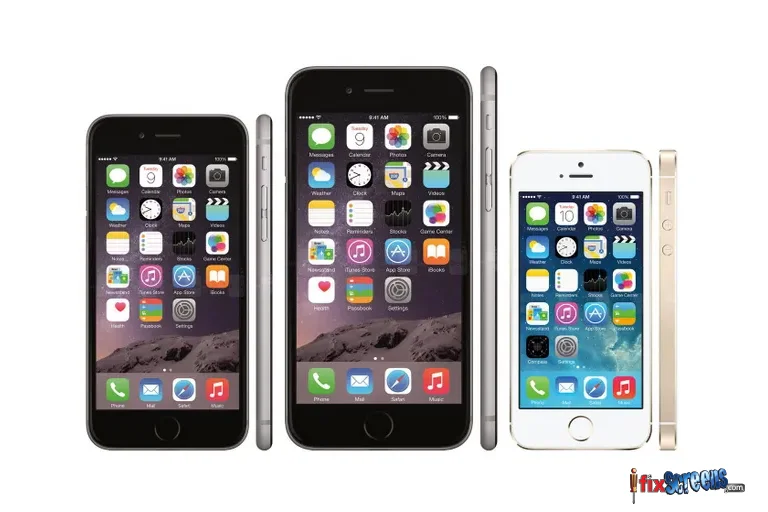
iOS 8 and 9 ushered in a new connectivity and health awareness era. HealthKit and HomeKit empowered users to track their health and control their smart homes. iCloud Drive expanded cloud storage options, while Apple Pay made mobile payments a reality. Continuity features like Handoff and AirDrop blurred the lines between devices, creating a seamless ecosystem.
Chapter 6: Pro Power and Personalization - iOS 10 & 11 (2016-2017)
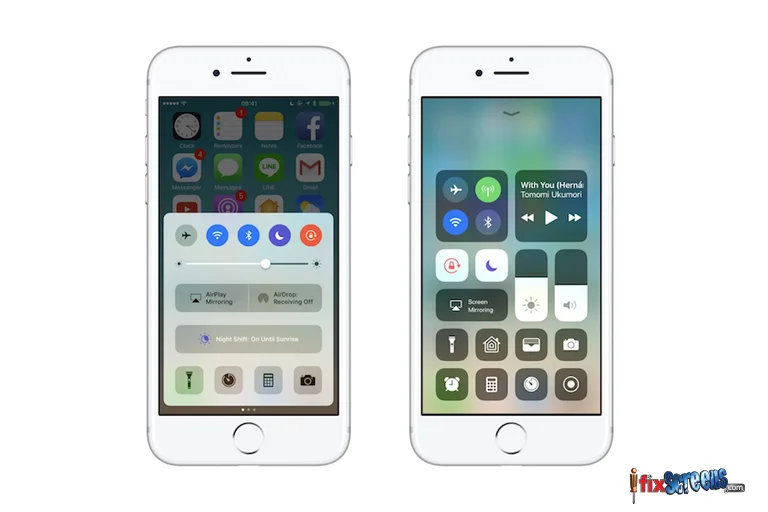
iOS 10 and 11 focused on empowering users and professionals alike. Raise to Wake and Tap to Wake made interacting with the iPhone effortless. iMessage got even more expressive with animated emojis and stickers. iOS 11 introduced the customizable Control Center and the Dock, giving users more control over their experience. For the pros, the iPad received multitasking enhancements and the Files app, solidifying its position as a productivity powerhouse.
Chapter 7: AR Takes Center Stage - iOS 12 & 13 (2018-2019)
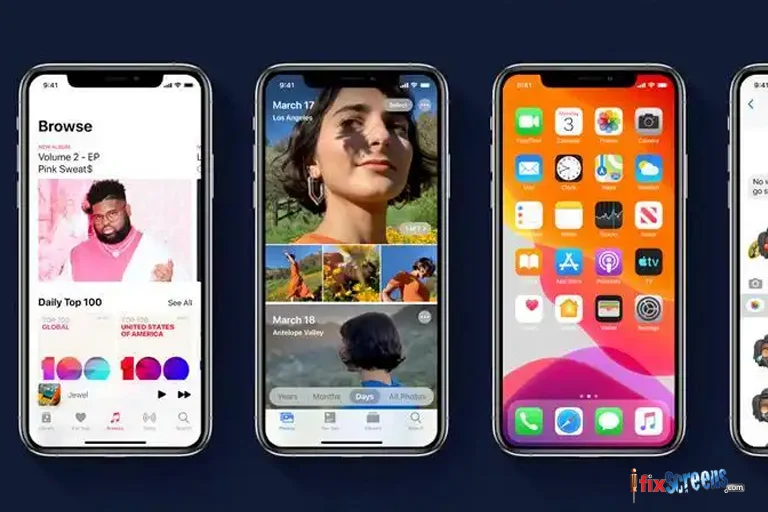
iOS 12 and 13 prioritized performance and augmented reality (AR). Screen Time offered insights into phone usage, while Siri Shortcuts automated everyday tasks. ARKit 2.0 pushed the boundaries of AR, enabling developers to create immersive experiences. iOS 13 brought Dark Mode, a welcome addition for late-night phone users. The photos app received a major revamp with powerful editing tools and Memories for creating personalized slideshows.
Chapter 8: Widgets, Privacy, and Focus - iOS 14 & 15 (2020-2021)
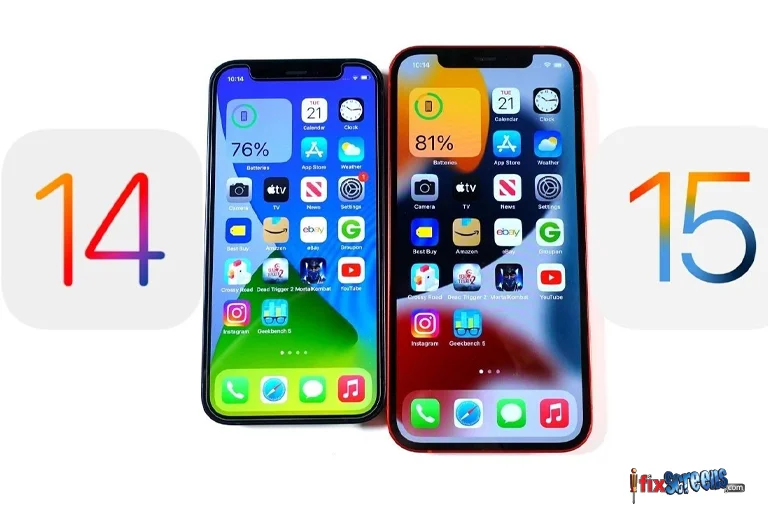
With the world facing a global pandemic, iOS 14 and iOS 15 brought more relevant features than ever. Privacy took center stage with App Tracking Transparency, giving users more control over their data use. Widgets arrived on the Home screen, providing at-a-glance information without opening apps. App Library organized apps into categories, decluttering the Home screen. For those seeking mindfulness, Focus modes helped silence distractions and stay present in the moment.
Chapter 9: Personalization Reigns Supreme - iOS 16 & 17 (2022-2023)
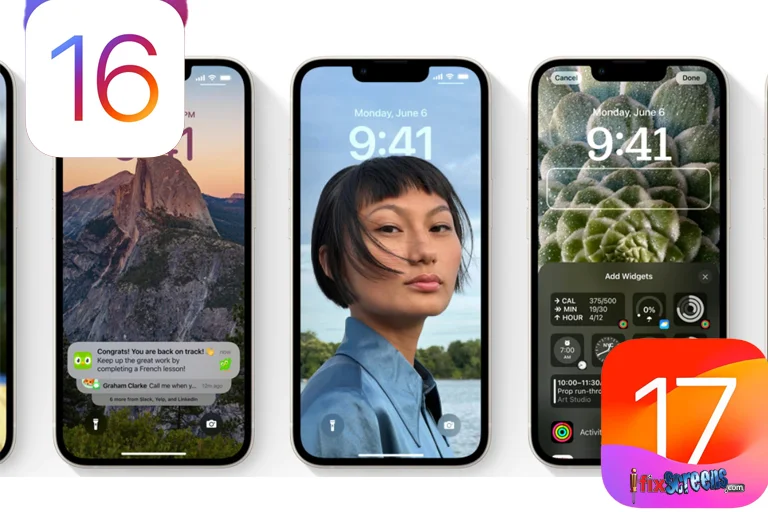
The latest chapters in the iOS saga, iOS 16 and 17, continue the trend of personalization and user empowerment. Lock Screen widgets offer even greater customization, allowing users to design layouts that reflect their interests and priorities. Focus modes get even more granular, catering to activities like work, sleep, or exercise. Live Text extracts Text from images, making information readily available. SharePlay enhances collaboration and entertainment experiences across devices. And with iOS 17, the "Hey Siri" trigger is replaced with a simpler "Siri," enabling more natural voice interaction.
Final Thought:
Explore the captivating journey of iOS versions from 1.0 to 17.0 on iFixScreens. From the groundbreaking inception of iPhone OS to the modern era of iOS 17.0, this comprehensive history showcases the evolution of Apple's iconic mobile operating system. Delve into the technological milestones, innovative features, and transformative updates that have shaped the iOS experience. Whether you're a tech enthusiast or an Apple aficionado, this retrospective offers a nostalgic look back and a glimpse into the future of iOS.
Frequently Asked Questions
Q: What was the first version of iOS, and when was it released?
A: The first version of iOS, initially known as iPhone OS, was released alongside the first iPhone in June 2007.
3. When was the App Store introduced to iOS?
A: The App Store made its debut with iOS 2 (iPhone OS 2) in July 2008, allowing third-party developers to create and distribute apps for iOS devices.
4. What were the notable features of iOS 4?
A: iOS 4, launched in June 2010, introduced multitasking capabilities and accompanied the release of the iPhone 4, featuring the Retina display and front-facing camera.
5. Which iOS version brought about the visual overhaul?
A: iOS 7, released in September 2013, marked a complete design change with a flat, modern look and introduced the Control Center for quick access to settings.
6. What significant changes were introduced in iOS 11?
A: iOS 11, released in September 2017, introduced features like ARKit for augmented reality, peer-to-peer Apple Pay transactions, and a revamped App Store.
7. When did Dark Mode make its debut in iOS?
A: Dark Mode was introduced with iOS 13, released in September 2019, providing users with a sleek and eye-friendly interface option.
8. What were the standout features of iOS 14?
A: iOS 14, launched in September 2020, introduced customizable widgets, the App Library for organizing apps, and enhanced privacy features like app tracking transparency.
9. What new features were introduced in iOS 15?
A: iOS 15, announced in June 2021, brought features like Focus mode for customized notifications, a redesigned Safari browser, and new FaceTime features such as SharePlay and spatial audio.
10. What can we expect from future iOS versions, such as iOS 18?
A: While specific details about iOS 18 are not known, expectations include advancements in privacy, security, system performance, and the introduction of innovative applications and services.